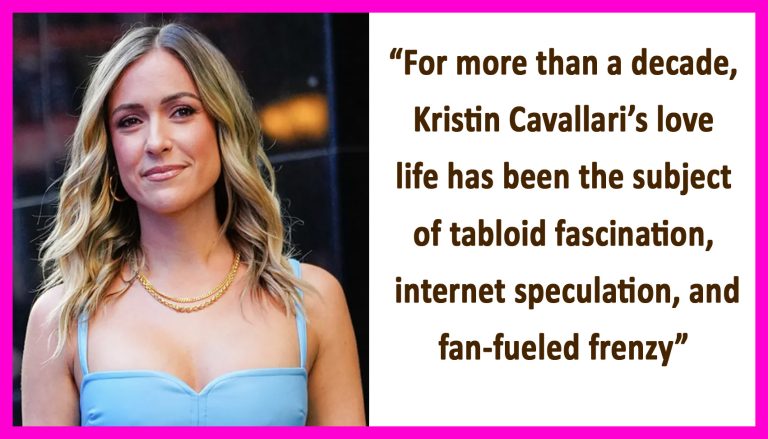The Neuroscience of Love: Hormonal and Neural Mechanisms Behind Romantic Attachment
Love, often described as a complex and profound emotion, is not merely a poetic or cultural construct. Advances in neuroscience have revealed that romantic attachment is deeply rooted in biological processes. The intricate dance of hormones, neurotransmitters, and neural circuits shapes our feelings of passion, intimacy, and long-term bonding. Understanding the neuroscience of love provides insights into why we fall for certain individuals, how emotional bonds are maintained, and why heartbreak can be so painful. This article explores the hormonal and neural mechanisms that underlie romantic attachment, bridging the gap between emotion and biology.
The Phases of Love and Their Biological Foundations
Neuroscientists often categorize romantic love into three overlapping but distinct phases: lust, attraction, and attachment. Each of these phases is driven by different neurochemical systems and brain regions.
Lust is primarily governed by sex hormones, especially testosterone and estrogen. These hormones increase libido and motivate individuals to seek out sexual partners. While lust can exist independently of love, it often serves as a gateway to deeper emotional bonds.
Attraction involves increased focus and energy directed toward a specific individual. This phase is associated with high levels of dopamine and norepinephrine, as well as low levels of serotonin. Dopamine, in particular, plays a key role in the brain’s reward system, creating a sense of euphoria and motivation similar to that induced by addictive substances.
Attachment is the phase where long-term bonding occurs. This is supported by the hormones oxytocin and vasopressin, which promote trust, empathy, and pair bonding. These hormones are released during physical intimacy such as hugging, kissing, and sexual intercourse, reinforcing emotional connections.
Hormonal Players in Romantic Love
- Dopamine: Central to the brain’s reward circuitry, dopamine levels surge during the initial stages of romantic love. This neurotransmitter is responsible for the heightened energy, focused attention, and intense craving for the beloved. Functional MRI studies have shown that areas rich in dopamine, such as the ventral tegmental area (VTA) and the caudate nucleus, are activated when individuals view images of their romantic partners.
- Oxytocin: Often dubbed the “love hormone,” oxytocin is released in large amounts during hugging, cuddling, and orgasm. It enhances feelings of trust and attachment and plays a crucial role in maternal bonding and romantic relationships. Studies have shown that oxytocin can increase gaze and attention toward a partner, fostering emotional intimacy.
- Vasopressin: Similar to oxytocin, vasopressin contributes to long-term bonding. Research on prairie voles—monogamous rodents—has revealed that vasopressin is key to partner preference formation. Males with higher vasopressin receptor densities are more likely to exhibit pair-bonding behaviors.
- Serotonin: During the early stages of love, serotonin levels drop, which is thought to contribute to obsessive thinking and infatuation. Interestingly, this profile is similar to that observed in individuals with obsessive-compulsive disorder (OCD), suggesting a shared neural mechanism.
- Testosterone and Estrogen: These sex hormones are involved in sexual desire and initial attraction. They influence libido, confidence, and competitiveness, which are essential in courtship behaviors.
Neural Pathways and Brain Regions Involved
Romantic love activates a variety of brain areas, many of which are part of the brain’s reward and motivation system.
- Ventral Tegmental Area (VTA): A primary source of dopamine, the VTA becomes highly active when individuals are shown images of their romantic partners. This area is also associated with motivation and goal-directed behavior.
- Caudate Nucleus: This region is involved in reward detection and expectation. Its activation reinforces behaviors that are associated with positive emotional outcomes, such as spending time with a loved one.
- Nucleus Accumbens: Also part of the reward system, this structure processes the pleasure and reward associated with romantic interactions.
- Amygdala: While generally linked to emotion processing, the amygdala shows decreased activity during romantic love. This may help explain the reduced fear and anxiety often experienced in the presence of a loved one.
- Prefrontal Cortex: This region is involved in decision-making and social behavior. It helps in evaluating a partner’s suitability and plays a role in long-term planning and commitment.
The Role of Mirror Neurons
Mirror neurons, found in areas such as the premotor cortex and inferior parietal lobule, are believed to play a role in empathy and understanding the emotions of others. These neurons fire both when an individual performs an action and when they observe someone else performing the same action. In romantic relationships, mirror neurons may facilitate emotional attunement and empathy, enhancing mutual understanding and emotional synchrony.
Gender Differences in the Neuroscience of Love
While the core neural mechanisms of love are similar across genders, research has identified some differences. Men typically show greater activation in the visual processing areas of the brain, suggesting a stronger influence of visual stimuli in romantic attraction. Women, on the other hand, often show greater activity in regions associated with memory and social cognition, indicating a tendency to integrate emotional and contextual information more deeply.
Love and Pain: The Neuroscience of Heartbreak
Romantic rejection activates many of the same brain regions involved in physical pain, such as the anterior cingulate cortex and the insula. This overlap may explain why heartbreak can be experienced as a form of literal pain. Moreover, the absence of expected dopamine rewards and oxytocin-induced bonding further amplifies feelings of loss and distress.
The Evolutionary Perspective
From an evolutionary standpoint, romantic love promotes pair bonding, which is beneficial for raising offspring and ensuring genetic survival. The neurochemical systems that support love may have evolved to increase cooperation, mutual support, and social cohesion, all of which enhance reproductive success.
Applications and Future Directions
Understanding the neuroscience of love has practical implications in various fields. In therapy, knowledge of attachment and bonding mechanisms can inform treatment for relationship issues. In medicine, understanding how love affects the brain can guide interventions for mental health conditions like depression and anxiety, which are often intertwined with relationship dynamics. Future research may explore how cultural and individual differences modulate these neural and hormonal mechanisms, providing a more nuanced understanding of romantic attachment.
Conclusion
Romantic love is far more than a mystical or abstract experience; it is a biologically orchestrated phenomenon rooted in our brains and bodies. From the surging dopamine of early attraction to the oxytocin-fueled bonds of long-term attachment, love engages an intricate network of hormones and neural pathways. By exploring the neuroscience behind romantic attachment, we gain valuable insights into one of humanity’s most cherished and essential experiences. As science continues to uncover the secrets of love, we move closer to understanding not only how we connect with others but also what it means to be human.




























